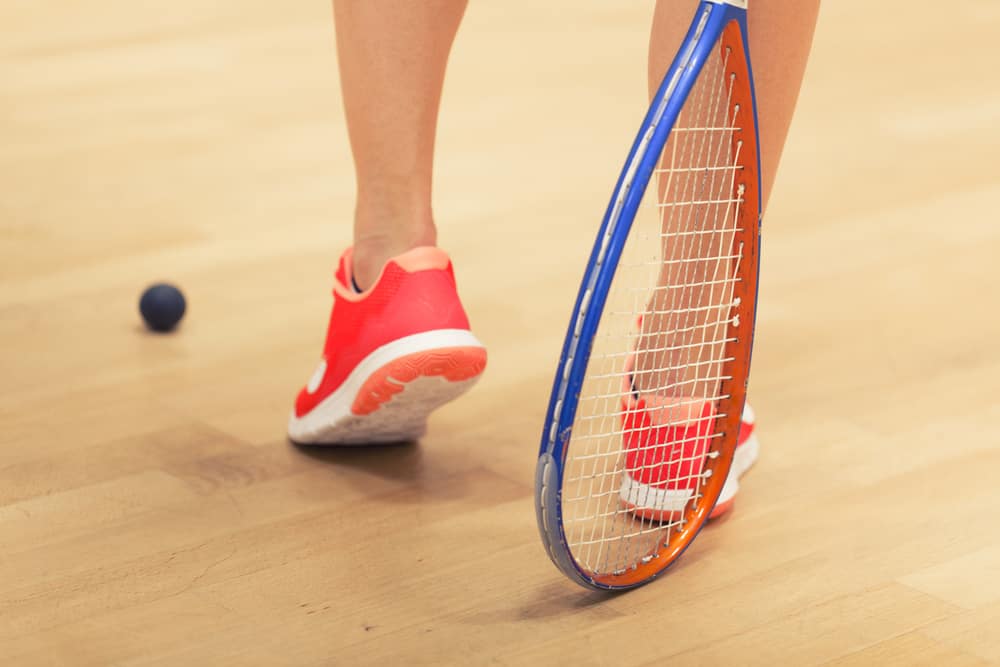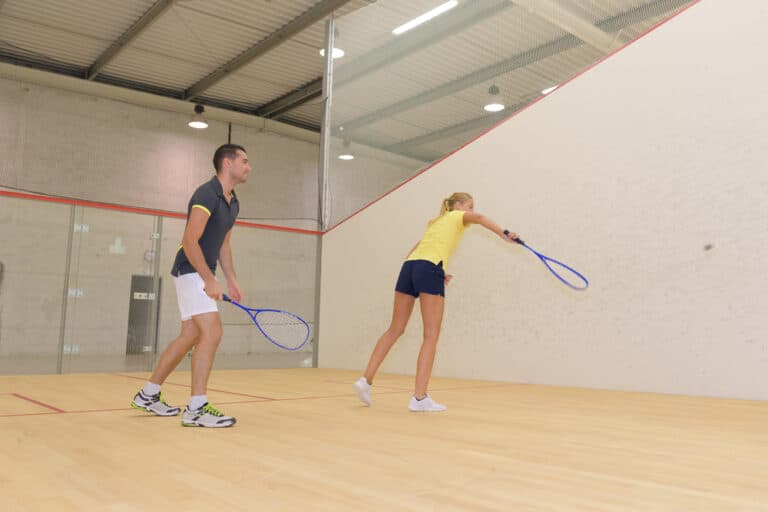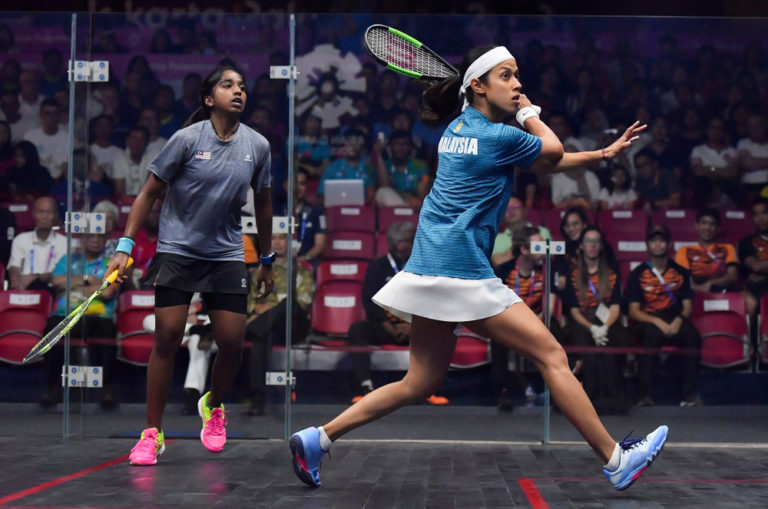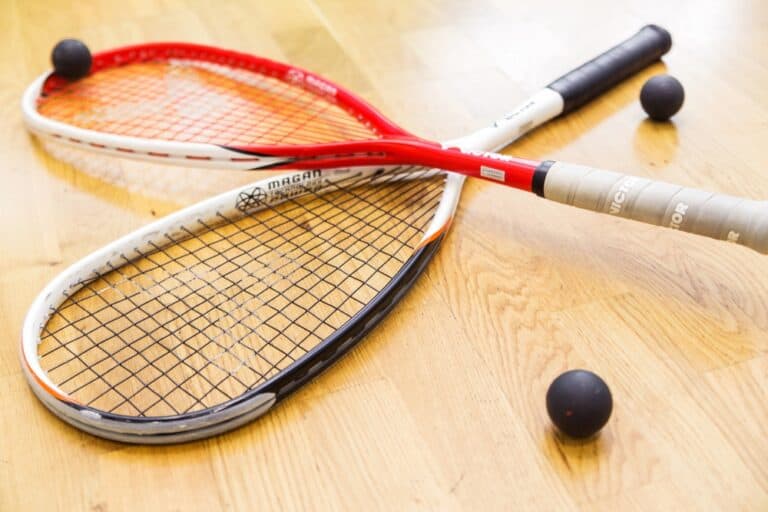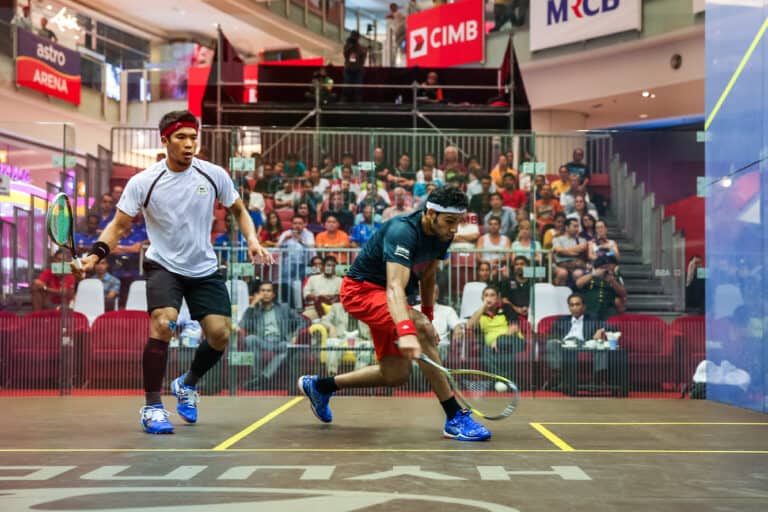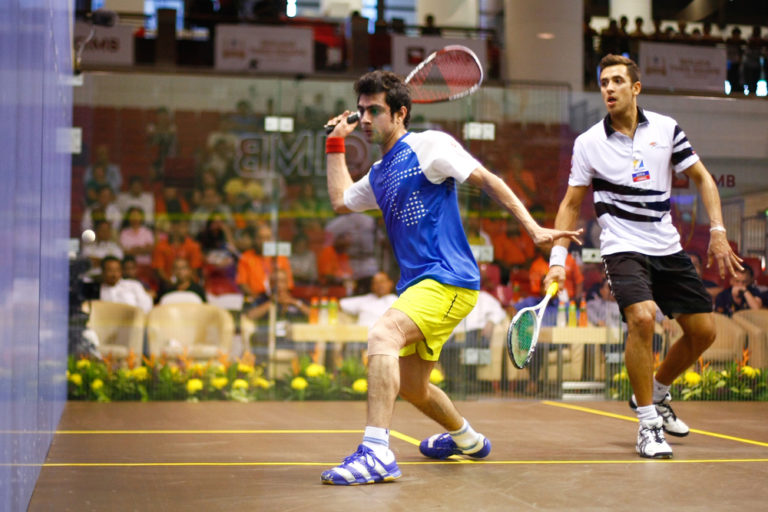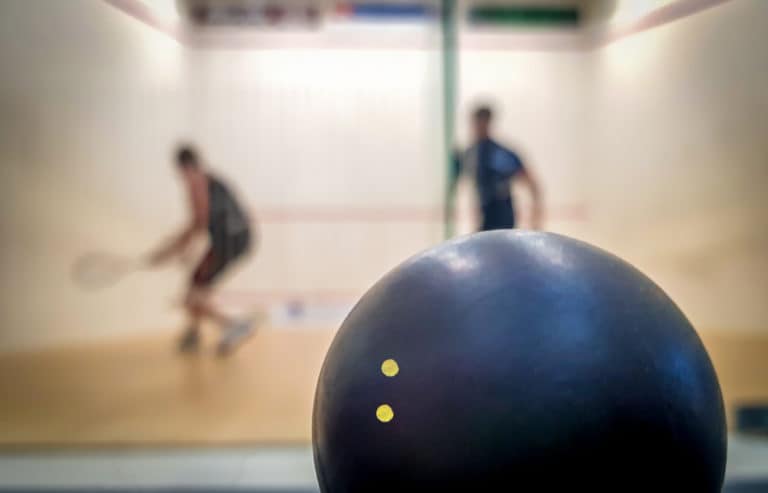Why Are Squash Balls Not Bouncy?
Squash is an interesting sport that is somewhat unknown by many. Most people know what squash is but are unaware of the intricacies of the sport. Among the most intriguing aspects of the game is the squash ball. Those who have never played squash or those who are inexperienced may wonder why squash balls are not bouncy as you may expect them to be.
Squash balls are not bouncy because they are made from raw rubber combined with various compounds to increase durability and stiffness. A squash ball becomes bouncier as it is used. Heating the ball with use increases its bounciness. The colored dot on the ball indicates its bounciness.
The way a squash ball is designed is very interesting, and using one can to play the sport effectively is a challenge, but this is all part of the game. Let’s explore the details of squash balls to discover why they do not bounce like other balls, learn how to make squash balls bouncier, and find out what these balls are made of in order to explain these characteristics.
Why Are Squash Balls Not Bouncy?
If you throw or hit a squash ball for the first time, you may be surprised to find that it does not respond like a regular ball. You may expect the ball to bounce back easily, but instead, a squash ball will barely bounce at all. Why do squash balls behave this way?
The reason why squash balls are not bouncy, especially when compared to other balls, is because they are made from a very tough rubber compound and contain a sealed pocket of air. This tough compound disperses energy rather than repelling it, which means that these balls do not bounce well.
However, there are squash balls that are made to be bouncier than others, and the more bounce the squash ball has, the easier it is to use in the port. The bounciest squash balls are referred to as the fastest balls, as they return from the wall faster than slow balls that do not bounce as well.
While these balls are not naturally bouncy, they do become bouncier the more they are used, and as they are heated by playing the game, they become more bouncy and easier to use, which is typically why squash is such a fast-paced sport.
The specific compound that squash balls are made from differs depending on the manufacturer, but the basic components of the ball are raw butyl rubber combined with various combinations of synthetic and natural compounds and powders to increase the durability of the ball and to create the unique characteristics of the squash ball.
If you have a squash ball that used to bounce better but now it does not bounce at all, it is probably time for a new squash ball. These balls will bounce less if they have been well-used, as the rubber that the balk is made of will break down over time with the stress that it experiences in the game.
How To Make A Squash Ball Bouncy
There are several types of squash balls that all behave in slightly different ways, but every squash ball is similar, as no squash ball type bounces well. However, there are ways to improve the bouncing abilities of any squash ball, as the materials that these balls are made from giving them a set of unique characteristics.
The raw rubber that squash balls are made from, combined with the compounds and powders that the rubber is mixed with, means that these balls heat up very easily. It does not take much outside effort to cause these materials to increase in temperature, and when they do, they retain this heat energy very well.
When squash balls are heated, even very slightly, the extra thermal energy combined with the extra elasticity that the heat affords to eh rubber enables the ball to bounce significantly more effectively than when the ball is cold.
This means that for a squash ball to behave at its optimal performance levels, it must be slightly heated before being used.
To increase the bounce of any squash ball, simply heat the ball up by volleying the ball against the court wall for a few minutes, bouncing it off the ground with your racquet for a few minutes, or even rolling the ball firmly under your squash shoe for a minute or two.
Performing these methods will heat up the ball by introducing kinetic energy into it. This heat will increase the elasticity of the ball, making it more malleable and increasing the ball’s ability to bounce.
The stored heat energy within the ball also makes it bouncier by improving its ability to reflect energy, creating a better bounce when the ball is struck against a surface.
If none of these methods work to make your squash ball bouncier, then it is likely that the ball is too old or too used to bounce well. An old or well-used ball has been broken down by time and stress and will no longer bounce well, regardless of what you do to it.
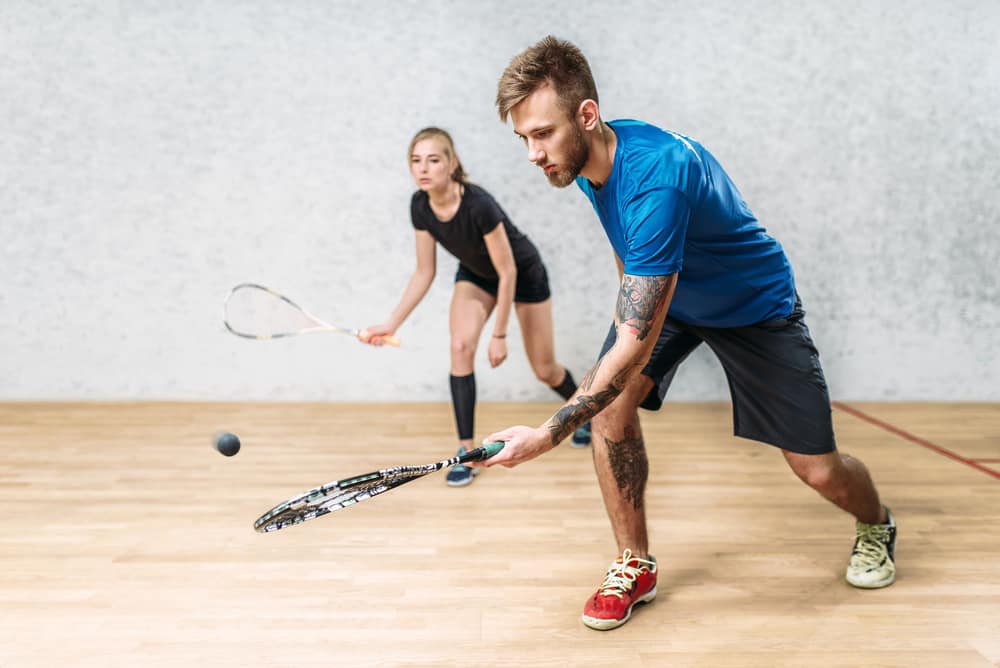
Which Squash Ball Bounces The Most?
There are different squash balls that are made with varying levels of bounce. These balls are developed and designed with different levels of bounciness to increase or decrease the difficulty of the sport.
A squash ball that is very bouncy makes the game easier as the ball bounces back more easily with less effort from the players. A ball that is slower or less bouncy forces the payers to hit harder to cause the ball to bounce and forces the players to move more quickly as the ball will not bounce as far, increasing the difficulty of the sport.
Professional and advanced level squash balls are the least bouncy, while those that are intended for beginners or for young players are significantly more bouncy to make the game easier.
The degree of bounciness that a squash ball possess is denoted by a colored dot on the ball itself.
Squash balls with a blue dot are the fastest and most bouncy and are usually larger than other squash balls as well. A squash ball with a red dot is a medium-speed ball, those with a white or green dot are slow-speed balls, and balls with a single yellow dot are super slow balls and are the least bouncy balls that most players will use.
A squash ball with two yellow dots is an extra super slow ball, which is used as the competition standard are the balls used in professional squash games.
Conclusion
At the end of it, all squash balls are less bouncy than you may expect, regardless of how they are made or what degree of bounciness they are made to. These balls are made with these characteristics to ensure that the game of squash can be played well.
If you want to increase the bounciness of a squash ball, simply play with the ball for a while until it gains some heat energy. This will significantly improve the ball’s ability to bounce and make playing the game easier overall.

